The First Step of Health: Forgiveness
“When you look deeply you begin to understand, the moment when you understand, compassion is born in your heart. And then it is possible for you to forgive.” – Thich Nat Han
The ancient sage Charaka was the founder of what may be the world’s oldest continually practiced medical system—Ayurveda. For over 5,000 years, this holistic approach to health has been practiced by millions in India and around the globe. Now this ancient wisdom is gaining traction in the West, as a result of the popularity of its sister science, yoga.
Ayurveda, yoga, and tantra constitute a sacred trinity of systems developed by ancient rishis (seers) to foster progress toward liberation: Ayurveda purifies the body; tantra, the mind; and yoga, the spirit. Practiced together, these three systems help an individual achieve an ideal integrated balance of physical health, mental focus, and spiritual enlightenment.
In our hectic modern time, we find it hard to do the things necessary to reach the harmony that Ayurvedic sages have taught us to seek. Although we know what it is we need to do, we often find excuses for harmful behaviors and procrastinate when it comes it to acting in ways that would lead us toward better health. Many of us get bogged down by the demands of modern life and fall into negative thought patterns. The National Science Foundation estimates that as much as 80 percent of our thoughts are negative. Every day, we struggle with self-criticism, thus impeding the development of health and overall well-being.
So what do we do to change this? Many who aspire to an Ayurvedic lifestyle start by setting unrealistic self-improvement goals, resolving to practice yoga five days a week, eat only healthy home-cooked Ayurvedic food, and meditate and do tantric breathing exercises for an hour every day. These ambitious good intentions are bound to prove overwhelming! I would like to suggest that you first take the step of finding forgiveness for yourself and those who have had a negative impact on your life. So how do we do this? It’s simple—we do it with love. More love, more compassion, from ourselves, for ourselves, and toward others. Start by making friends with yourself. Be willing to truly know who you are, what you’re doing or not doing, and why. And then team up with yourself to do whatever is necessary to bring yourself back into love, and the health and balance you seek will follow quite easily.
Once you commit to re-establishing self-love, focus on the necessary attributes for self-change. This Ayurvedic or yogic concept is known as tapas. Tapasis Sanskrit for “inner fire.” Tapas refers to austerity, determination, and the willingness to do whatever is necessary to bring yourself back into balance and health. In order to be successful in this we must identify and acknowledge our crimes against wisdom or our contributions to our own ill health. Then, instead of beating yourself up about it, realize your inner empowerment. Accept the reality that you’ve helped cause your illness or imbalances. Only then can the power of tapasfinally stop causing your illness. This realization can now bring you back onto the path of Dharma(the right way of living) and renewed health.
Thanks to this self-love and self-realization, you’ll now have the force behind you to do something about your health. Draw on your inner resources, your courage and resolve, your patience and perseverance. Reach out for support from your family and friends, Ayurvedic books, therapists, practitioners of Ayurvedic medicine, the internet—get all the information and assistance you can. Be willing to let go of the past to move forward into a future of wellness. Change your diet, change your job, change your life. Reach down inside yourself and find the tapasto heal yourself. In the end no one else can heal you; they can only assist you—you are the one who needs to do the work to heal yourself. You’ve got this!
Contact us to schedule an online Ayurvedic Wellness Session here.
Disclaimer
The sole purpose of these articles is to provide information about the tradition of Ayurveda. This information is not intended for use in the diagnosis, treatment, cure, or prevention of any disease.




